Technology
10 Facts About India’s Most Powerful Home-Made Rocket Which Lifted Off Today
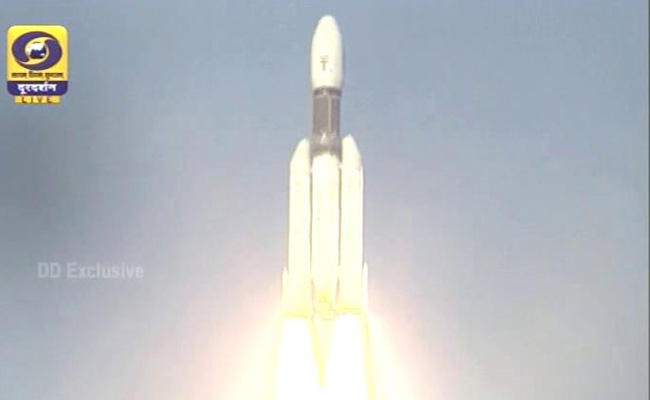
Technology
What Happened To Whatsapp, Instagram And Facebook Last Night? Read Here
Technology
Mobile Technology: Boon Or Bane
Technology
Apple iPhone 13 Series Said to Launch on September 14: What We Know So Far
-
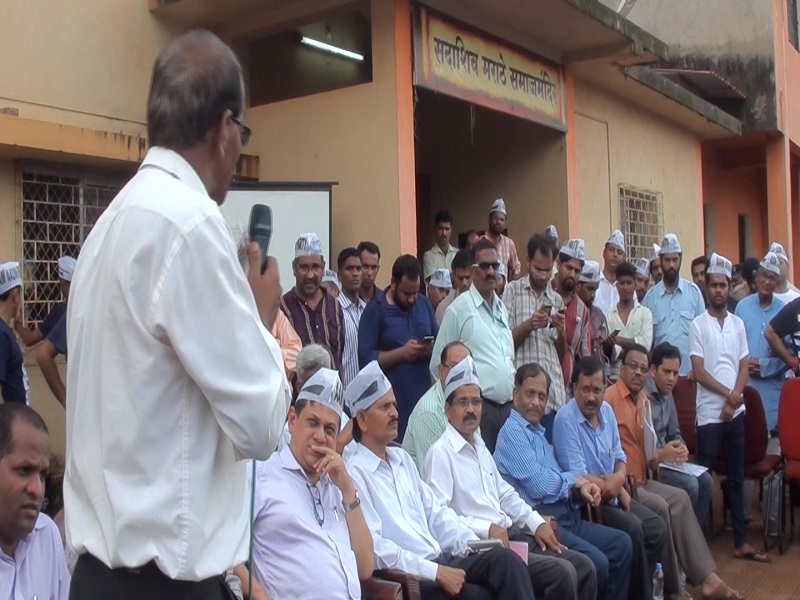
 Local8 years ago
Local8 years agoKEJRIWAL ASSURES MODEL MINING TO GOANS
-

 Crime8 years ago
Crime8 years agoMAN BRUTALLY MURDERED IN PANJIM
-

 Local9 years ago
Local9 years agoHEATED ARGUMENT BETWEEN TRAFFIC COP AND BIKE RIDER BLOCKS ROAD AT MAPUSA
-

 Top Stories3 years ago
Top Stories3 years agoWorld famous Tito’s nightclub sold! Owner alleges harassment from ‘Officials’ as the reason
-

 Crime9 years ago
Crime9 years agoDouble Murder At Dhargal
-

 Crime9 years ago
Crime9 years agoNude Body Found at Margao, Murder Suspected
-

 Special Stories11 months ago
Special Stories11 months agoBroke Swiggy guy walks 3 km to deliver food, Social media helps him find better job. Heartwarming story is viral
-

 Sports1 year ago
Sports1 year agoWatch: Messi’s extraordinary goal that sent Argentina into FIFA World Cup quarters, leaves behind Maradona and Ronaldo


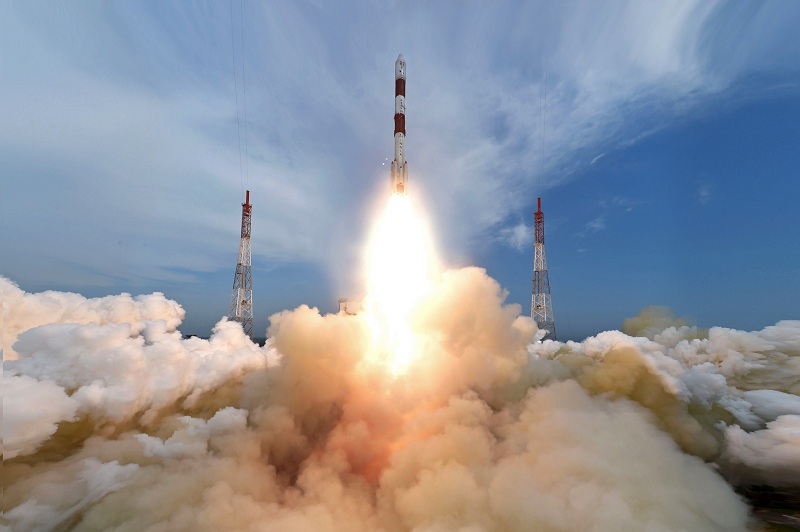
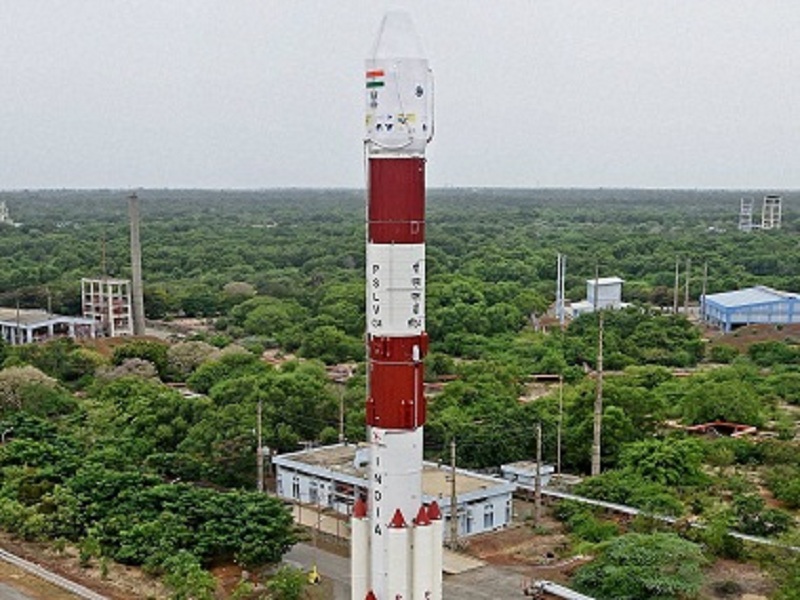

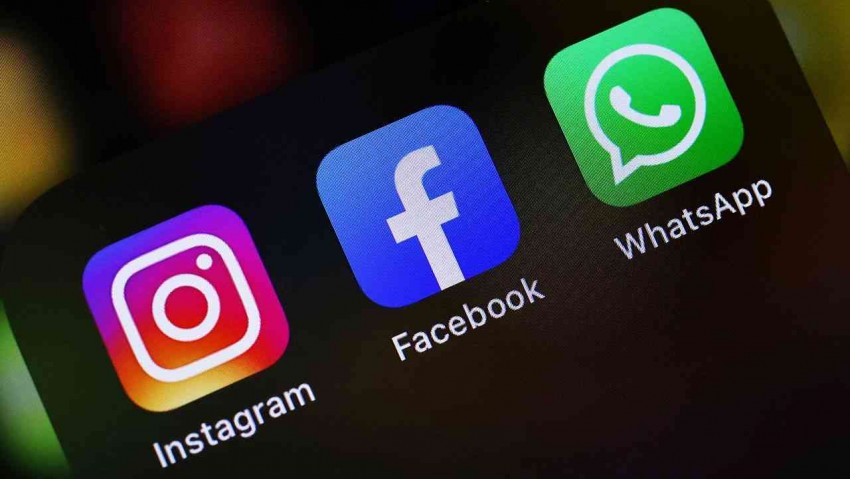


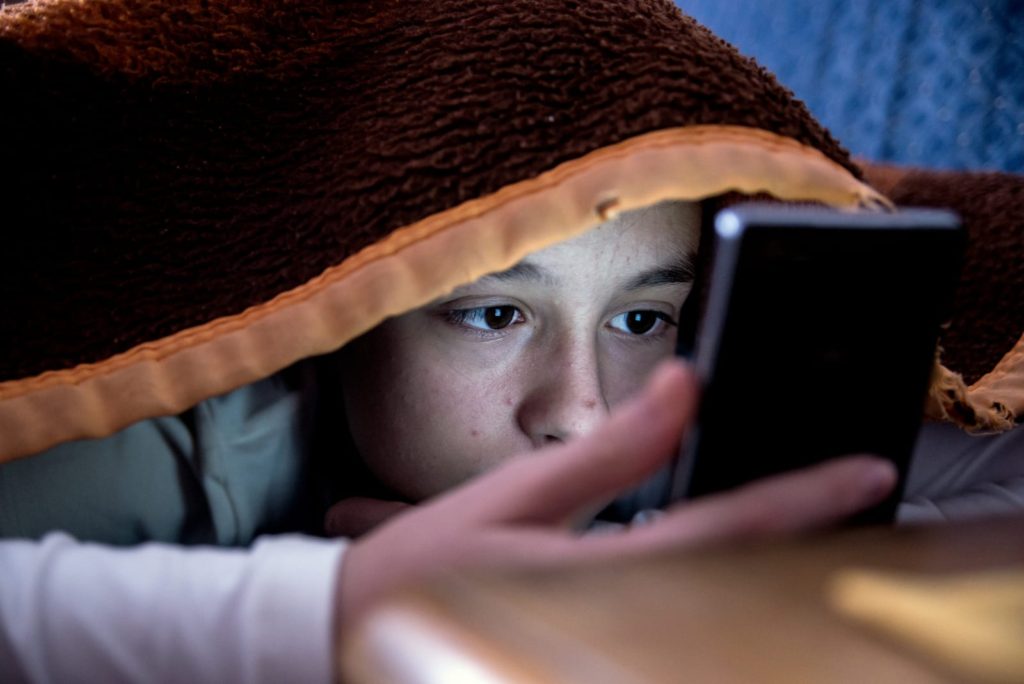

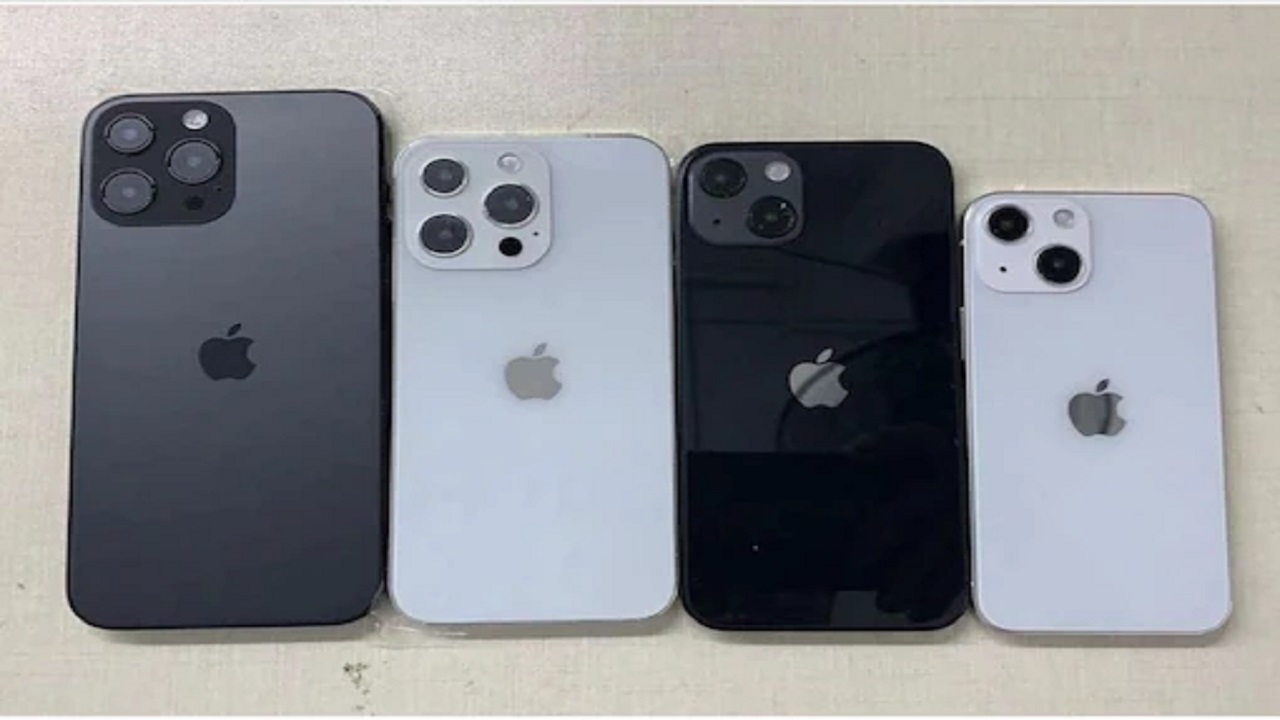
You must be logged in to post a comment Login